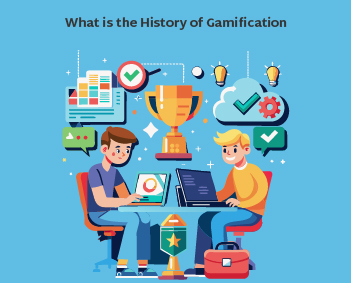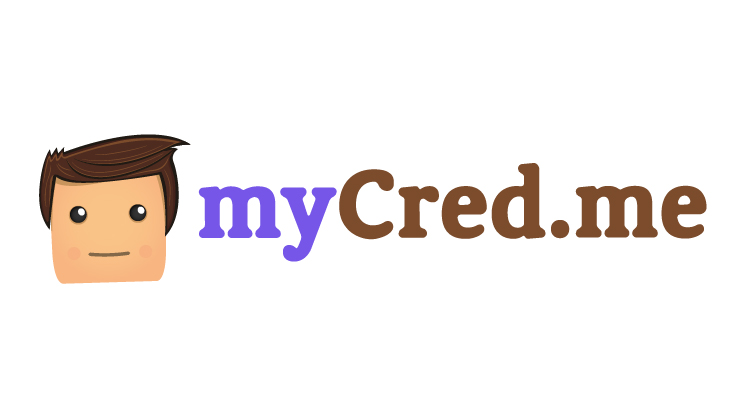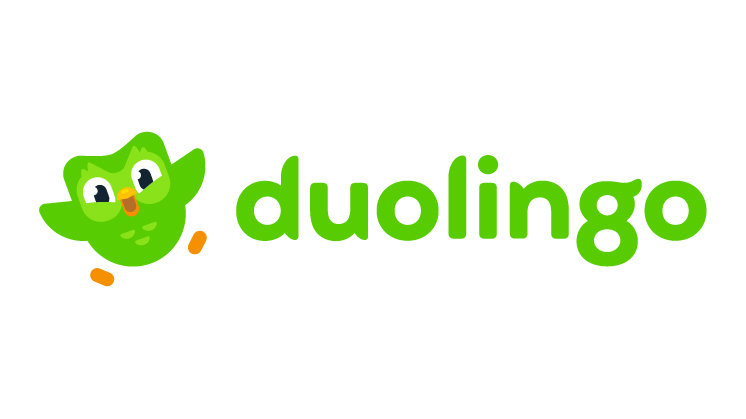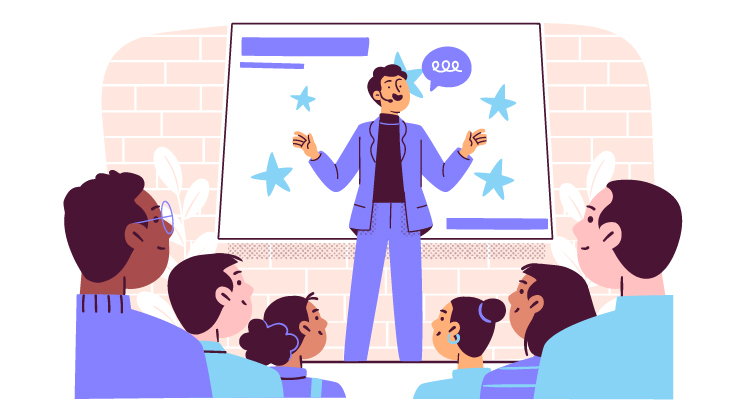Gamification and gameful design are often misunderstood concepts. They both involve using game elements. Understanding these differences is key to effectively leveraging their benefits. But are gamification and gameful design two completely separate concepts? The short answer is YES!
Let’s break down the key differences and explore how each approach can enhance our lives.
What is Gamification
Gamification is all about adding game-like elements to non-game contexts. Think points, badges, leaderboards, and progress bars.
The goal?
To increase engagement, motivation, and desired behaviors.
Here’s how gamification works:
- Points: Earn points for completing tasks, achieving goals, or overcoming challenges. Points create a sense of accomplishment and progress.
- Badges: Unlock badges as you reach milestones or master new skills. Badges visually represent your achievements, adding a sense of pride and recognition.
- Leaderboards: Compete with friends or colleagues on a leaderboard. Leaderboards foster healthy competition and encourage users to strive for improvement.
- Progress Bars: See your progress visually through progress bars. This provides a clear sense of how far you’ve come and motivates you to keep going.
You can get all these gamification assets under one umbrella called myCred.
Examples of Real-Life Gamification:
Fitness Apps: Many fitness apps use gamification elements like points, badges, and leaderboards to motivate users to exercise regularly.
Educational Apps: Learning apps often incorporate points, badges, and progress bars to make learning fun and engaging for children.
Loyalty Programs: Earning points for purchases and unlocking rewards are classic examples of gamification in loyalty reward programs.
Gamification: Benefits and Potential Drawbacks
Benefits:
- Increased Engagement: Gamification elements can make tasks more enjoyable, leading to higher participation and user engagement.
- Enhanced Motivation: Earning points, badges, and climbing leaderboards can motivate users to keep striving and achieve goals.
- Improved Learning: Gamification can make learning fun and interactive, leading to better information retention.
- Positive Reinforcement: Gamification often uses positive reinforcement techniques, which can be highly effective for behavior change.
Potential Drawbacks:
- Focus on Rewards: Overemphasis on points and rewards can overshadow the intrinsic value of the task itself.
- Short-Term Motivation: Gamification’s effectiveness can fade over time as the novelty wears off.
- Unequal Playing Field: Gamification elements might not be suitable for everyone and may disadvantage some users.
- Design Challenges: Creating a well-balanced and engaging gamified experience requires careful design and consideration.
Gameful Design
Gameful design takes a broader approach than gamification. It focuses on incorporating the core principles of good games – challenge, mastery, purpose, and progress – into non-game contexts. This creates intrinsically motivating experiences that are inherently engaging and enjoyable.
Key Principles of Gameful Design:
- Challenge and Flow: Present users with the right amount of challenge to keep them engaged. Flow is a state of complete absorption in an activity where difficulty and skill are well-matched.
- Mastery and Progress: Provide opportunities for users to learn, grow, and improve their skills. Seeing progress provides a sense of accomplishment and motivates users to continue.
- Purpose and Meaning: Connect tasks to a larger goal or purpose. This gives users a sense of why their actions matter and motivates them to participate.
- Feedback and Recognition: Provide users with clear and timely feedback on their performance. Recognition can come in various forms, not just points and badges.
Examples of Gameful Design:
- Duolingo: This language learning app uses bite-sized lessons, gamification elements, and a focus on progress to make learning engaging.
- Fitbit: Fitness trackers go beyond gamification by focusing on user challenges, goal setting, and social connections, creating a more holistic experience.
- Online Collaboration Tools: Many collaboration tools incorporate features like progress tracking, team goals, and kudos to create a sense of purpose and social connection.
Gameful Design Benefits:
- Sustainable Engagement: Gameful design fosters intrinsic motivation, leading to more sustainable user engagement.
- Deeper Learning: Gameful design can enhance learning and skill development by focusing on mastery and progress.
- Meaningful Experiences: Gameful design creates enjoyable and purposeful experiences, leading to higher user satisfaction.
- Broader Applicability: Gameful design principles can be applied to wider contexts than traditional gamification. This includes workplace productivity, product design, and even healthcare applications.
How to Implement Gameful Design:
- Understanding Your Audience: Effective gameful design requires understanding your target audience’s motivations, interests, and challenges.
- Finding the Right Balance: Striking a balance between challenge and mastery is crucial. Tasks should be challenging enough to be engaging but not so difficult that they become frustrating.
- Intrinsic vs Extrinsic Motivation: Focus on fostering intrinsic motivation by connecting tasks to a larger purpose. Extrinsic rewards like points and badges can be used sparingly as supplemental motivators.
- Long-Term Engagement: Design experiences that promote continuous learning and growth. This ensures users stay engaged over time.
Gamification vs. Gameful Design – The Comparison
Both gamification and gameful design have their own strengths and weaknesses. The best approach depends on the specific context and desired outcomes. Here’s a quick comparison to help you decide:
| Feature | Gamification | Gameful Design |
| Focus | Adding game-like elements (points, badges) | Incorporating core game principles (challenge, mastery) |
| Motivation | Extrinsic (rewards) | Intrinsic (meaningful tasks) |
| Engagement | Short-term, novelty-driven | Sustainable and long-term |
| Applicability | Limited to specific contexts | Broader applicability |
| Design challenges | Balancing rewards and intrinsic value | Balancing challenge and mastery |
When You Should Choose Gamification
Gamification can be a good choice when:
- You need a quick boost in user engagement or motivation.
- The target audience responds well to extrinsic rewards.
- The task is simple and repetitive.
When You Should Choose Gameful Design
Gameful design is a better choice when:
- You want to create a more sustainable and engaging user experience.
- The task itself can be inherently motivating.
- You want to promote learning and skill development.
Gamification vs Gameful Design – The Future
With evolving technology, gamification and gameful design will play an even greater role in shaping our experiences. We can expect to see these approaches applied more creatively across various fields, from education and healthcare to workplace productivity and entertainment.
Here are some exciting possibilities for the future:
- Personalized Gamification: Technologies like AI tools can personalize gamified experiences to individual user preferences and learning styles.
- Adaptive Gameful Design: Systems can dynamically adjust the difficulty and challenges based on user performance, keeping them engaged in the long run.
- Gamification for Social Good: Gameful design principles can address social challenges and promote positive behavior change.
Wrap Up
Understanding the difference between gamification and gameful design allows you to choose the right approach for your needs. Whether adding a sprinkle of game-like elements or designing an intrinsically motivating experience, both techniques can make our lives more engaging, productive, and, ultimately, more fun!





